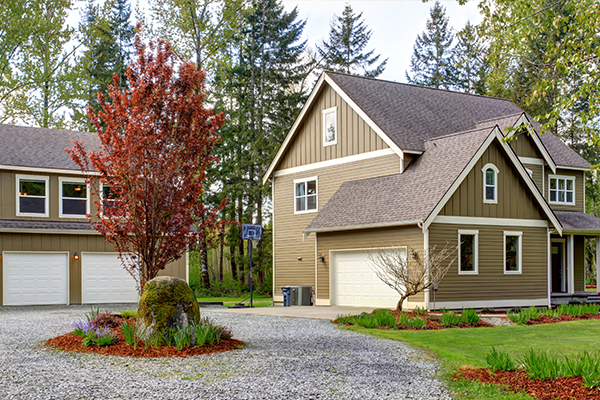
Homeowners Insurance Overview – NH and VT
Even though home insurance may not be required by law in New Hampshire or Vermont most lenders require home insurance if you have a mortgage or lean on your home. There are many financial risks associated with home ownership. View our interactive clickable coverage for homeowners to see the risks and the coverage options.
Understanding insurance is a cornerstone to your financial wellbeing. The amount and types of coverage should match your unique situation. Minimizing the risks to your financial stability starts with understanding insurance coverage for one of your biggest assets, your home.
A standard home insurance policy for your Vermont or New Hampshire home provides coverage to repair or replace your home and its contents if it is damaged or lost due to a covered peril.
A standard homeowners insurance policy includes four essential types of coverage. They include:
1. Structural Coverage for your Vermont or New Hampshire home.
Structural coverage (Coverage A) part of your policy is coverage for the physical structure of your house. It pays to repair or rebuild your home if it is damaged or destroyed by fire, hurricane, hail, lightning, or other disaster listed in your policy. It will not pay for damage caused by a flood, earthquake, or routine wear and tear. When purchasing coverage for the structure of your home, it is important to buy enough to rebuild your home.
Most standard policies also cover structures that are detached from your home (Coverage B) such as a garage, tool shed, or gazebo. Generally, these structures are covered for about 10% of the amount of insurance you have on the structure of your home. If you need more coverage, talk to your insurance agent about purchasing more insurance.
2. Personal Belongings Coverage for On and Off-Premises
Personal belongings coverage (Coverage C) provides protection for your furniture, clothes, sports equipment, and other personal items are covered if they are stolen or destroyed by fire, hurricane, or another insured disaster.
Here is an example of how personal belonging coverage works:
Most companies provide coverage for 50% to 70% of the amount of insurance you have on the structure of your home.
If you have $200,000 worth of insurance on the structure of your home, you would have between $100,000 to $170,000 worth of coverage for your belongings.
The best way to determine if this is enough coverage is to conduct a home inventory. A simple way to accomplish this is to can create a list including the estimated value of your belongings. Take photos of each room showing your belongings as proof. You can also use a mobile app. There are several to choose from. Ask your insurance company if they have an app you can use.
This part of your policy includes off-premises coverage. This means that your belongings are covered anywhere in the world unless you have decided against off-premises coverage. Some companies limit the amount to 10% of the amount of insurance you have for your possessions. You have up to $500 of coverage for unauthorized use of your credit cards.
A standard home insurance policy will have limits to repair or replace high-value items. If you have expensive items that exceed these limits you can get the coverage you need by scheduling these items separately or by purchasing personal property endorsement.
Here’s an example of coverage limits for high-value items
You own high-value items like jewelry, furs, antiques, and electronics. A standard home insurance policy generally will provide coverage between $1,000 to $2,000 for these items. Purchasing a special personal property endorsement or floater will insure the item for its appraised value. Coverage includes ‘accidental disappearance, ‘ meaning coverage if you simply lose that item. And there is no deductible.
Depending on the value of your home and the overall value of your personal belongings you may be a good candidate for High-Value Home Insurance for high-net-worth individuals with home values usually starting at $750,000.
Coverage for trees plants and shrubs
Wind snow and rain storms are common in New Hampshire and Vermont. These storms often cause damage to trees, plants, and shrubs. Damages or losses are covered under standard homeowners insurance. Generally, you are covered for 5% of the insurance on the house ‘- up to about $500 per item. Perils covered are theft, fire, lightning, explosion, vandalism, riot and even falling aircraft. They are not covered for damage by wind or disease.
3. Liability Coverage
Personal Liability coverage (Coverage E) protects you against lawsuits for bodily injury or property damage that you or your family members cause to other people. It also pays for damage caused by your pets. So, if your son, daughter, or dog accidentally ruins your neighbor’s expensive rug, you are covered. However, if they destroy your rug, you are not covered.
The liability portion of your policy pays for both the cost of defending you in court and any court awards — up to the limit of your policy. You are also covered not just in your home, but anywhere in the world.
Liability limits generally start at about $100,000. However, experts recommend that you purchase at least $300,000 worth of protection. Some people feel more comfortable with even more coverage. You can purchase an umbrella or excess liability policy that provides broader coverage, including claims against you for libel and slander, as well as higher liability limits. Generally, umbrella policies cost between $200 to $350 for $1 million of additional liability protection.
Your policy also provides no-fault medical coverage. In the event a friend or neighbor is injured in your home, he or she can simply submit medical bills to your insurance company. This way, expenses are paid without their filing a liability claim against you. You can generally get $1,000 to $5,000 worth of this coverage. It does not, however, pay the medical bills for your family or your pet.
4. Additional Living Expenses
Additional living expenses coverage (Coverage D) pays the additional costs of living away from home in the event you are temporarily unable to live in your home because of a fire or other insured disaster. It covers hotel bills, restaurant meals, and other living expenses incurred while your home is being rebuilt. Coverage for additional living expenses differs from company to company. Many policies provide coverage for about 20% of the insurance on your house. You can increase this coverage, however, for an additional premium. Some companies sell a policy that provides an unlimited amount of loss-of-use coverage — for a limited amount of time.
If you rent out part of your house, this coverage will also reimburse you for the rent that you would have collected from your tenant if your home had not been destroyed.
Talk with an experienced insurance agent about your home insurance. Every situation is different and an agent can help guide you so you have the protection in place for your home.
Call us at 800-392-6532 to get started.
This post is for informational purposes. The details and conditions of insurance policies vary. We always recommend speaking with an agent to understand the terms of your existing policies and the policies you plan to purchase.


